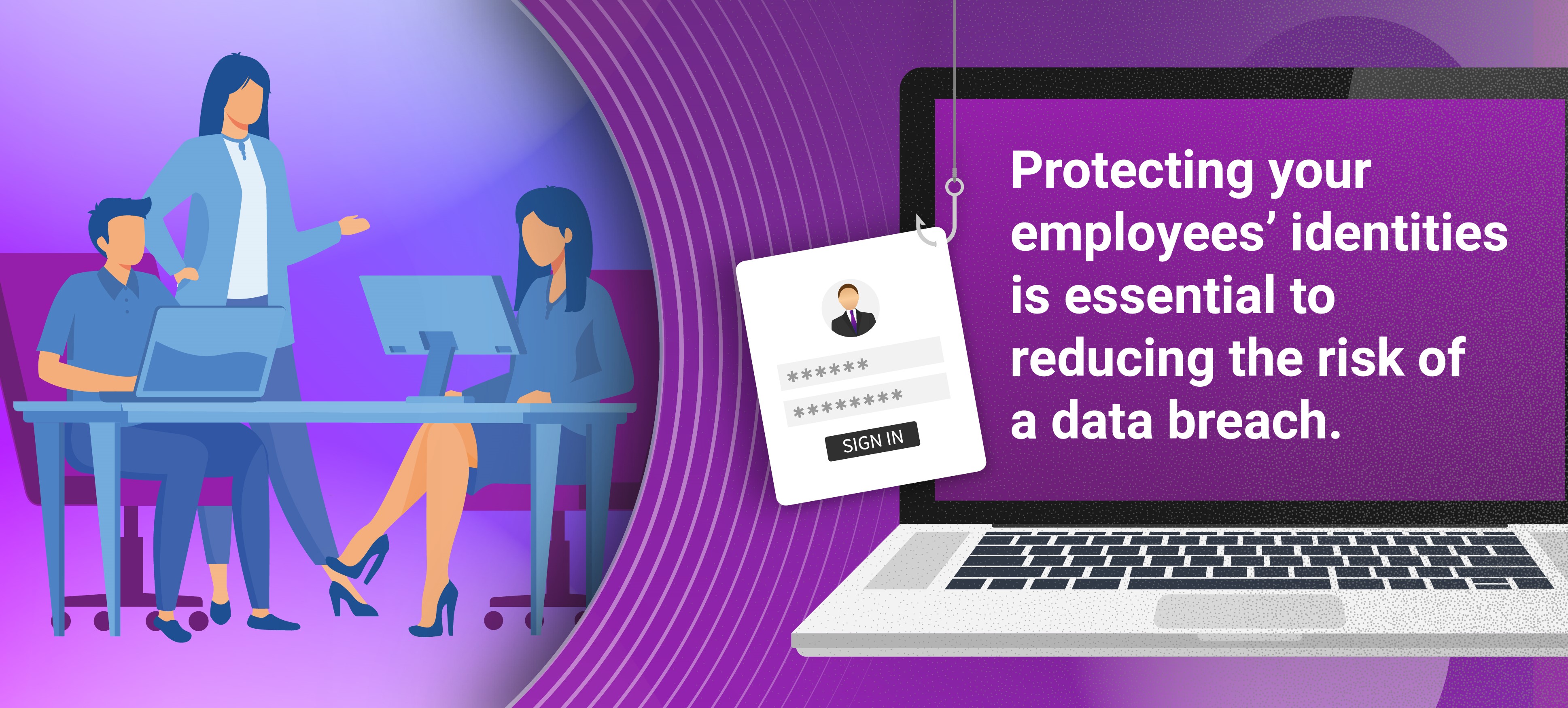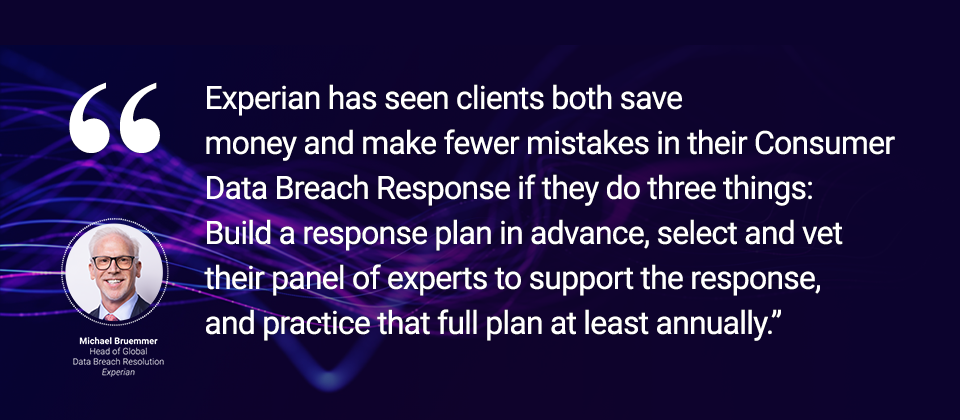
Crises come in many forms, without warning, and can be devastating for any size business. A company’s ability to manage crises, specifically with a crisis response notification plan, directly impacts consumers’ trust and perception of their brand.
In today’s digital world, consumers are more informed than ever before and consumer trust is what keeps businesses afloat. If that trust is broken or their needs are not met, consumers will take their business elsewhere. Companies cannot afford to lose customers.
Research from Frederick Reichheld of Bain & Company, the inventor of the Net Promoter Score, shows that increasing customer retention rates by 5 percent increases profits by 25 percent.[1] When a crisis occurs, 90 percent of consumers are more forgiving of companies that have a response plan in place.[2]Despite that information, 51 percent of companies admit to not having a crisis response notification plan.[3]
While crisis communication can be fairly reactive, it helps to have a crisis communication plan in place to make the process easier. Experian Crisis Response Management features a notification system, call center deployment, and crisis specialists to help companies build trust and confidence knowing that their consumers will be taken care of, which breeds customer loyalty.
Our team of experts can help you develop a crisis response notification plan to reach out to your customers during any type of crisis.
Here are five key steps to developing an effective crisis response notification plan
Step 1: Define Your Objective
Before you begin, you must first set a clear goal for your plan. This objective should include what the plan should accomplish, when the plan should be executed, and who needs access to the information being shared. For example,
“This plan creates a communication structure with external stakeholders in the event of a crisis that affects the reputation of the company.”
Step 2: Create a Contact List
To ensure the crisis is well-managed, it’s important that all stakeholders are kept informed. Create a contact list of all employees, customers, users, partners, investors, media outlets, the government, and social media followers. Determine the best method of contact for each of these stakeholders (i.e., print mail, email, phone call, etc.) and include that in the contact list document.
Step 3: Determine an Information Sharing Structure
Depending on where a crisis originates and the threat level of the crisis, protocols may differ by scenario. To avoid confusion, form a hierarchy outlining how information should be shared within the company.
Your hierarchy may begin with notifying the CEO, followed by the head of public relations or CTO. The plan needs to define what information should immediately be disclosed to each individual or team in the hierarchy, such as the source of the crisis and the protocols in place to handle the situation.
Step 4: Prepare for Possible Questions and Concerns
Customers will want answers and if you are not the one supplying them, they will search elsewhere to uncover the truth. Create a running fact sheet that documents the known information of the situation. This helps to prevent rumors or misinterpretations from spreading to media outlets, keeps all responses in alignment, and makes it easier to field customer questions.
Step 5: Assess Your Risks
Identify the risks you might face under each plan so that, if it does backfire, you’re prepared for any additional losses. By being prepared for this, you’ll be ready for anything that goes wrong with steps to recover faster.
Fulfilling your notifications
Once you have determined who will receive your crisis response notifications, it is time to fulfill your obligations. Ensure every access point is covered by creating a notification system with Experian for direct emails, call center processes, and a landing page users can go to for fast information.
1. Notification Options
Notification requirements vary depending on the crisis at hand and your customers’ preferred method of contact. Some common examples include:
- Paper mailings
- Email notification
- Web announcement
- Phone calls
You may also consider a multipronged approach, which includes email or paper notifications, supported by a website FAQ and a call center where consumers can get more information.
2. Outbound notification and inbound response management
Experian offers sufficient phone, website, and application capacity to absorb the spikes of crisis volume on top of normal operating volumes. This service includes address validation, delivery that covers 100+ countries, reporting and analytics of the notification channels, and a dedicated account manager that oversees the entire process.
3. Experienced team of agents
Our team of dedicated account managers have serviced over 50,000 incidents, delivered over 30 million print and email notifications each year, and developed a comprehensive range of products for every need. We stay with you as a resource throughout the crisis process and work with you to recover, repair, and protect your business for the future.
No one ever expects a crisis to hit, but when it does, it’s important to have a plan in place. Having a dedicated team who can help you navigate through difficult times is essential to quick recovery. At Experian, we understand the importance of customer trust and we help companies recover from crises quickly. Our team of experts are available to help when you need it most.
____________________________________________
[1]Bain & Company. 2001. Prescription for Cutting Costs.
[2]Experian. 2019. Data Breach Consumer Survey.
[3]Deloitte. 2020. A crisis of confidence.


